Home>Gardening & Outdoor>Landscaping Ideas>When To Use Weed And Feed On New Grass
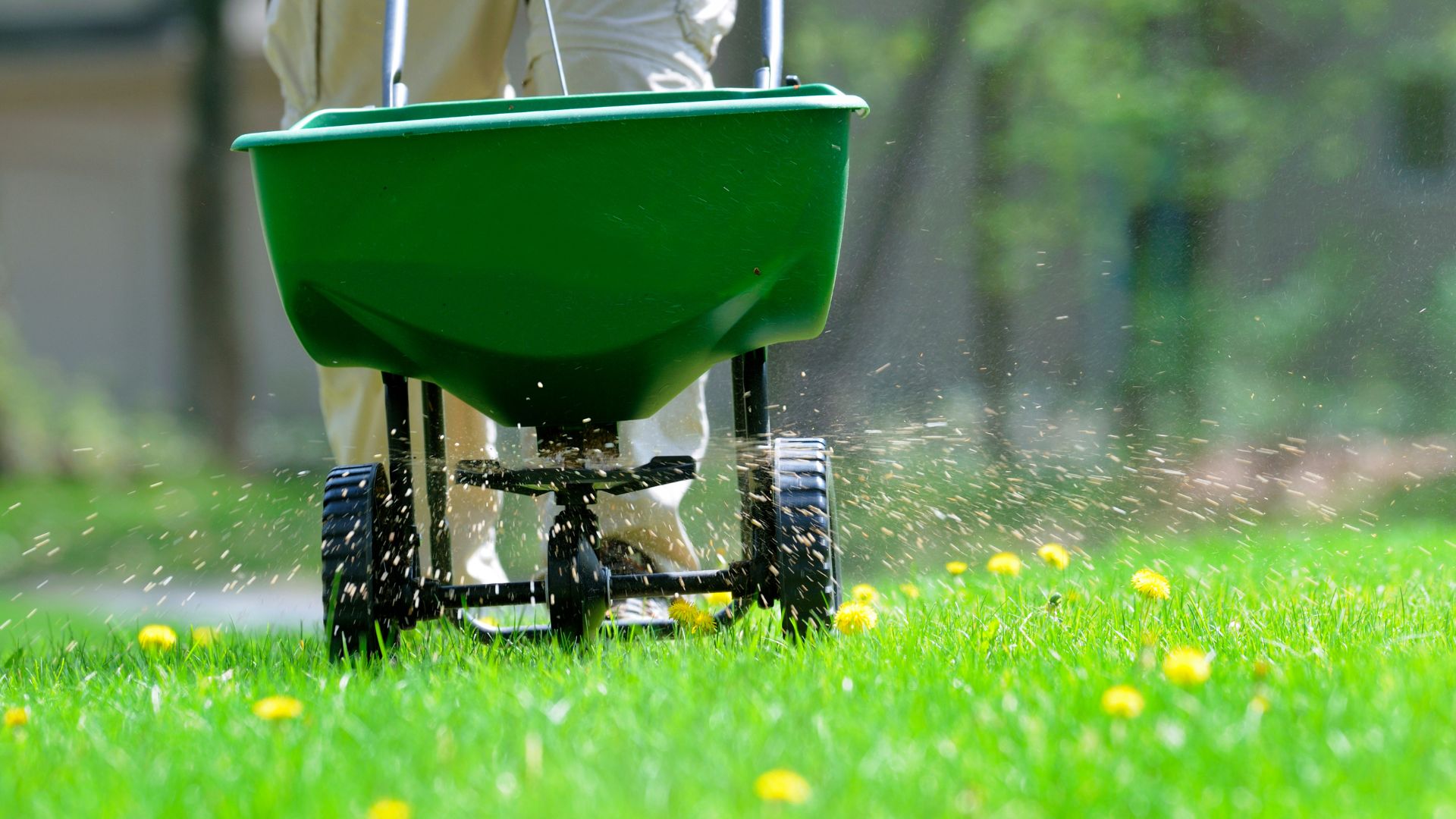

Landscaping Ideas
When To Use Weed And Feed On New Grass
Published: January 29, 2024
Discover the best landscaping ideas for new grass and learn when to use weed and feed for a healthy, vibrant lawn. Improve your lawn care routine today!
(Many of the links in this article redirect to a specific reviewed product. Your purchase of these products through affiliate links helps to generate commission for Storables.com, at no extra cost. Learn more)
Introduction
Welcome to the world of landscaping, where the lush green expanse of a well-maintained lawn can truly elevate the beauty of any outdoor space. However, the journey to achieving and sustaining a healthy, vibrant lawn often involves tackling the persistent issue of weeds. This is where the concept of "weed and feed" comes into play, offering a comprehensive solution to nurture your new grass while combatting unwanted weeds.
In this article, we will delve into the intricacies of using weed and feed on new grass, providing valuable insights and practical tips to help you achieve a thriving lawn that's free from invasive plants. Whether you're a seasoned gardener or a novice enthusiast, understanding the nuances of weed and feed application can make a significant difference in the health and appearance of your lawn. So, let's embark on this green journey together, exploring the benefits, optimal timing, and best practices for using weed and feed on new grass.
Key Takeaways:
- Weed and feed products nurture new grass and combat weeds, promoting balanced growth and enhancing the lawn’s aesthetic appeal. They save time and contribute to long-term resilience when used with care and attention.
- Applying weed and feed at the right time and following best practices optimizes its effectiveness, safeguarding new grass while suppressing weed growth. It’s a valuable tool for creating a vibrant, weed-free lawn.
Read more: When To Use Weed And Feed For Grass
Understanding Weed and Feed
Weed and feed products are designed to serve a dual purpose: nurturing the growth of grass while simultaneously controlling the spread of weeds. These formulations typically contain a blend of fertilizers to promote the health and vigor of the grass, along with herbicides targeted at eradicating various types of weeds. The fertilizers in weed and feed products often consist of essential nutrients such as nitrogen, phosphorus, and potassium, which are vital for supporting the development of robust, green grass.
When it comes to weed control, these products incorporate herbicidal components that target broadleaf weeds, such as dandelions, clover, and chickweed, as well as certain grassy weeds. The herbicides work to inhibit the growth of these unwanted plants, effectively reducing their presence in the lawn over time. It’s important to note that while weed and feed products can be highly effective, they should be used judiciously and in accordance with the manufacturer’s instructions to minimize any potential impact on the environment.
It’s essential to choose a weed and feed product that is specifically formulated for the type of grass in your lawn, as different grass species have varying nutritional requirements and may react differently to herbicides. Additionally, understanding the specific types of weeds that are prevalent in your area can help you select a weed and feed product that targets those particular species, ensuring more precise and effective weed control.
By comprehending the composition and intended function of weed and feed products, you can make informed decisions about their application, ultimately contributing to the overall health and aesthetics of your lawn. Now that we’ve explored the fundamentals of weed and feed, let’s delve into the compelling benefits of using this multifaceted solution on new grass.
Benefits of Using Weed and Feed on New Grass
Using weed and feed on new grass offers a myriad of benefits that contribute to the establishment and maintenance of a healthy, vibrant lawn. Here are some compelling advantages of incorporating weed and feed into your lawn care regimen:
- Promotes Balanced Growth: Weed and feed products contain a balanced blend of essential nutrients that support the healthy development of new grass. The fertilizers in these formulations provide crucial elements such as nitrogen, phosphorus, and potassium, which are essential for promoting strong root growth, lush foliage, and overall resilience in young grass plants.
- Suppresses Weed Growth: By incorporating herbicidal components, weed and feed products effectively suppress the growth of weeds that can compete with new grass for essential resources such as water, sunlight, and nutrients. This helps prevent the encroachment of invasive plants, allowing the newly seeded or sodded grass to establish itself more effectively.
- Enhances Aesthetic Appeal: The combined action of fertilization and weed control results in a visually appealing lawn with uniform, healthy grass that is free from unsightly weeds. This contributes to a well-manicured and inviting outdoor space, elevating the overall aesthetic appeal of your property.
- Time-Saving Convenience: Utilizing weed and feed products streamlines the lawn care process by addressing both fertilization and weed control in a single application. This saves time and effort compared to applying separate treatments for these essential aspects of lawn maintenance.
- Long-Term Health and Resilience: Regular use of weed and feed on new grass helps fortify the lawn against weed infestations and nutrient deficiencies, fostering long-term health and resilience in the grass. This proactive approach to lawn care can contribute to a more robust and enduring turf over time.
By harnessing the multifaceted benefits of weed and feed, you can nurture your new grass while safeguarding it against the encroachment of weeds, setting the stage for a thriving and visually appealing lawn. Now, let’s explore the optimal timing for applying weed and feed on new grass to maximize its efficacy.
Wait until your new grass has been mowed at least 4 times before using weed and feed. This allows the grass to establish strong roots and reduces the risk of damage from the herbicide.
When to Apply Weed and Feed on New Grass
Timing is crucial when it comes to applying weed and feed on new grass, as it directly impacts the effectiveness of the product and the overall health of the lawn. The optimal timing for applying weed and feed depends on various factors, including the type of grass, the climate of your region, and the specific formulation of the product. Here are key considerations to determine the best time for weed and feed application:
- Grass Growth Stage: For newly seeded or sodded grass, it’s essential to allow the grass to establish a strong root system and achieve significant growth before applying weed and feed. Typically, it’s advisable to wait until the new grass has been mowed at least three times before using weed and feed products to avoid hindering its early development.
- Seasonal Timing: The timing of weed and feed application is often tied to specific seasons. In regions with cool-season grasses, such as Kentucky bluegrass and fescue, early fall (September to October) is an ideal time for applying weed and feed. This allows the grass to recover from summer stress and uptake essential nutrients before the onset of winter dormancy. Conversely, for warm-season grasses like Bermuda grass and Zoysia grass, late spring to early summer (May to June) is a suitable timeframe for weed and feed application, coinciding with the peak growth period.
- Weather Conditions: It’s important to consider the prevailing weather conditions when planning the application of weed and feed. Ideally, the soil should be moderately moist, but not excessively wet, to ensure optimal uptake of nutrients by the grass. Additionally, applying weed and feed on a calm day with minimal wind can help prevent the herbicidal components from drifting and causing unintended damage to desirable plants.
- Weed Growth Stage: Understanding the growth stage of weeds in your lawn can also influence the timing of weed and feed application. It’s beneficial to apply weed and feed when the targeted weeds are actively growing and not under stress, as this enhances the herbicidal efficacy and improves weed control outcomes.
By carefully considering these factors and aligning the application of weed and feed with the appropriate timing, you can maximize the benefits of the product while safeguarding the health and development of your new grass. Now, let’s explore some valuable tips for using weed and feed on new grass to ensure optimal results.
Tips for Using Weed and Feed on New Grass
When it comes to using weed and feed on new grass, implementing the following tips can help you achieve the best possible results while safeguarding the health of your lawn:
- Read and Follow Instructions: Before applying weed and feed, carefully read and adhere to the manufacturer’s instructions and guidelines. This includes understanding the recommended application rates, the appropriate method of application (e.g., spreader settings), and any specific precautions or restrictions related to the product.
- Assess Lawn Conditions: Take stock of the current condition of your lawn, including the type of grass, prevalent weeds, and any existing issues such as thatch buildup or soil compaction. This assessment can inform your choice of weed and feed product and help tailor the application to address specific lawn care needs.
- Mow Before Application: Prior to applying weed and feed, mow the grass to an appropriate height, ensuring that it is neither excessively long nor too short. This prepares the lawn for the application and allows for more even distribution of the product across the grass surface.
- Apply When Soil is Moist: It’s beneficial to apply weed and feed when the soil is moderately moist, as this facilitates nutrient uptake by the grass and enhances the effectiveness of the product. However, avoid applying weed and feed to overly wet soil to prevent runoff and potential nutrient leaching.
- Minimize Overlapping: When using a spreader to apply weed and feed, be mindful of overlapping swaths to prevent over-application in certain areas, which can lead to uneven distribution of nutrients and herbicides. Following the recommended spreader settings can help achieve uniform coverage.
- Observe Post-Application Care: After applying weed and feed, avoid mowing the lawn for a few days to allow the product to be absorbed by the grass and effectively target the weeds. Additionally, refrain from watering the lawn for a day or two following application to ensure the product remains undisturbed and can exert its intended effects.
- Maintain Adequate Watering: Following the application of weed and feed, maintain regular watering practices to support the overall health of the grass and aid in the absorption of nutrients. Adequate watering can also help the grass recover from the stress of weed control and promote vigorous growth.
By incorporating these tips into your approach to using weed and feed on new grass, you can optimize the efficacy of the product while nurturing the healthy development of your lawn. Now, let’s summarize the key insights we’ve explored in this article.
Read more: When To Put Weed And Feed On New Grass
Conclusion
Cultivating a lush, weed-free lawn is a rewarding endeavor that requires thoughtful care and strategic interventions. The utilization of weed and feed on new grass presents a valuable opportunity to foster the growth of healthy, resilient turf while addressing the persistent challenge of weed infestations. By understanding the composition and benefits of weed and feed products, as well as the optimal timing and best practices for their application, you can embark on a journey towards a vibrant, thriving lawn that enhances the beauty of your outdoor space.
From promoting balanced growth and suppressing weed proliferation to streamlining lawn care efforts and fortifying long-term resilience, the multifaceted advantages of weed and feed underscore its significance in achieving and maintaining a visually appealing and robust lawn. By aligning the application of weed and feed with the growth stage of new grass, seasonal considerations, and weather conditions, you can maximize the efficacy of the product while safeguarding the health and development of your lawn.
Furthermore, integrating essential tips such as careful adherence to instructions, thorough lawn assessment, and post-application care can further enhance the outcomes of using weed and feed on new grass. These insights, when applied with care and attention, can contribute to the successful establishment and ongoing maintenance of a flourishing lawn that serves as a source of pride and enjoyment.
As you embark on your lawn care journey, remember that the application of weed and feed is just one aspect of comprehensive lawn maintenance. Regular mowing, adequate watering, and soil enrichment are equally crucial components of nurturing a healthy lawn ecosystem. By combining these efforts with the strategic use of weed and feed, you can create an outdoor oasis that invites relaxation, recreation, and natural beauty.
So, embrace the possibilities that weed and feed offer for your new grass, and let your lawn flourish as a testament to your dedication and green-thumb prowess. Here’s to a vibrant, weed-free lawn that beckons with its lush, inviting expanse!
Frequently Asked Questions about When To Use Weed And Feed On New Grass
Was this page helpful?
At Storables.com, we guarantee accurate and reliable information. Our content, validated by Expert Board Contributors, is crafted following stringent Editorial Policies. We're committed to providing you with well-researched, expert-backed insights for all your informational needs.
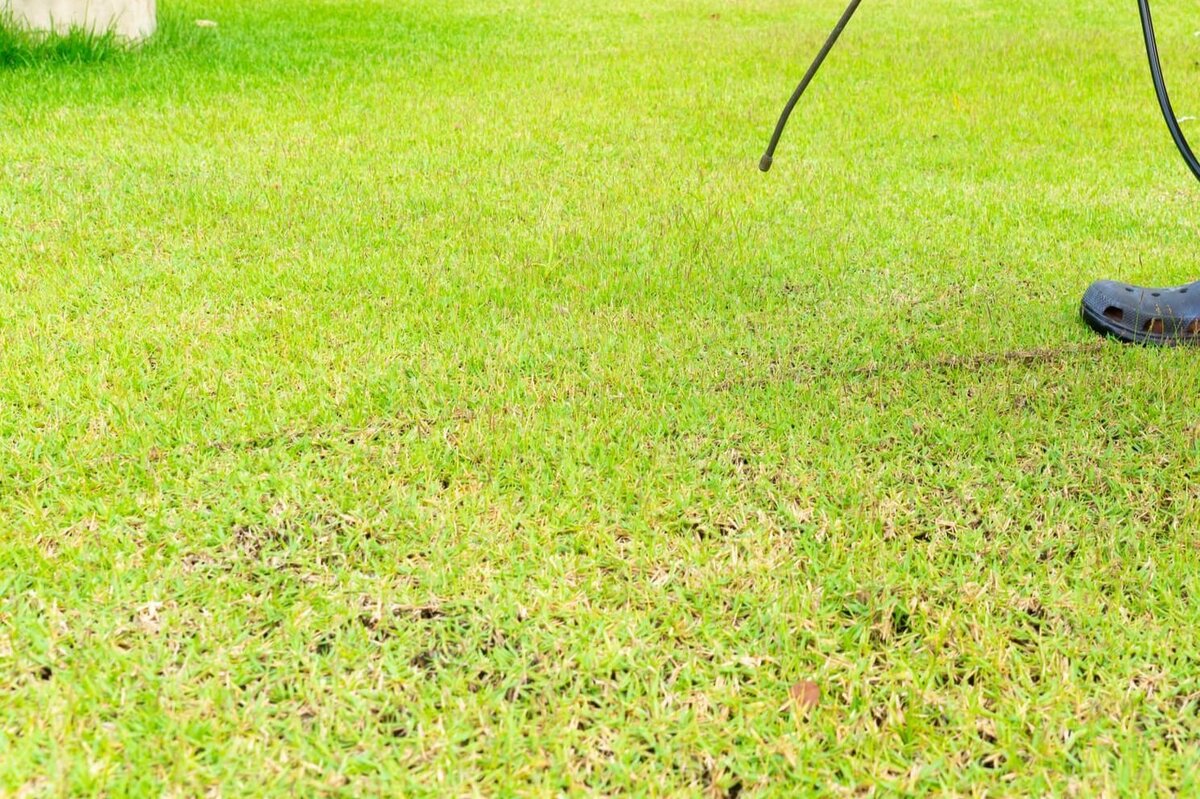
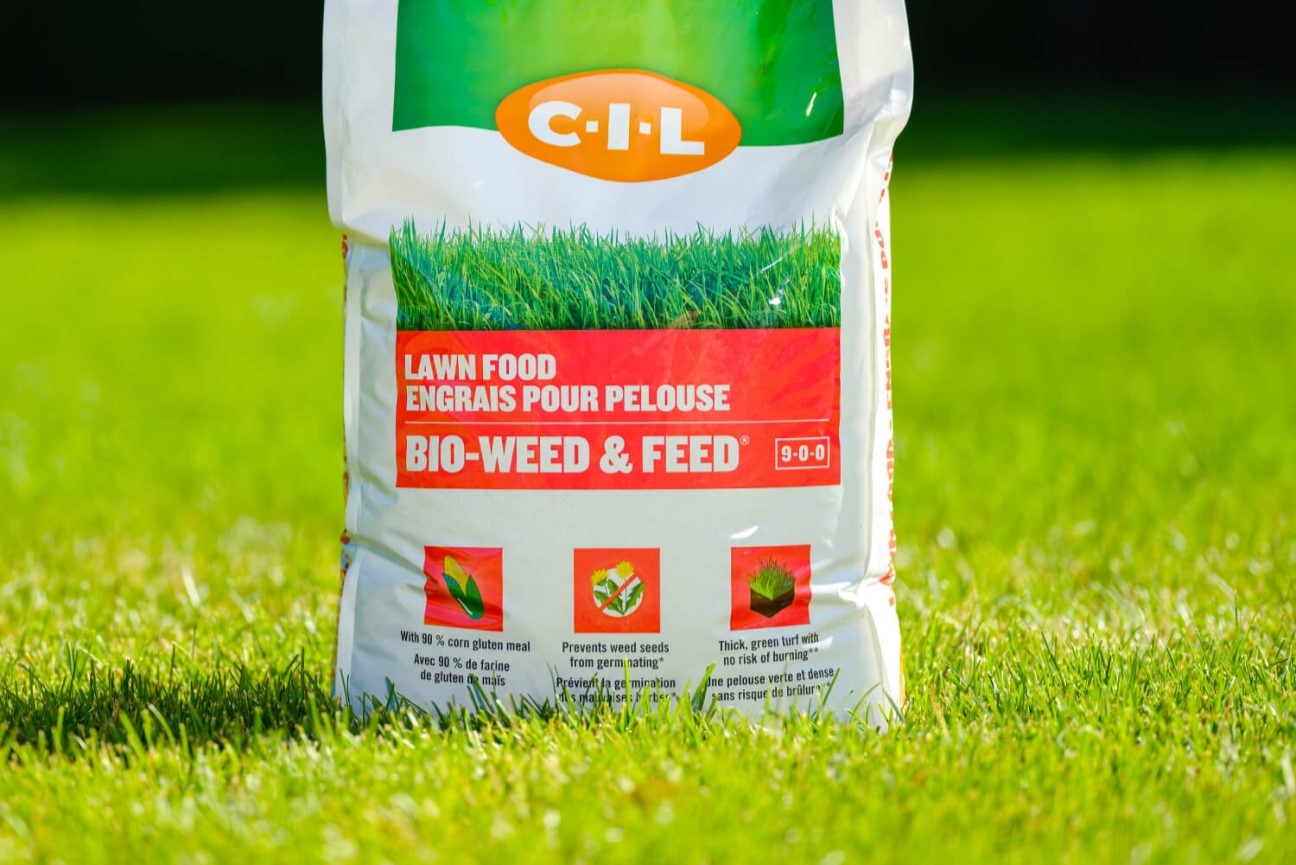
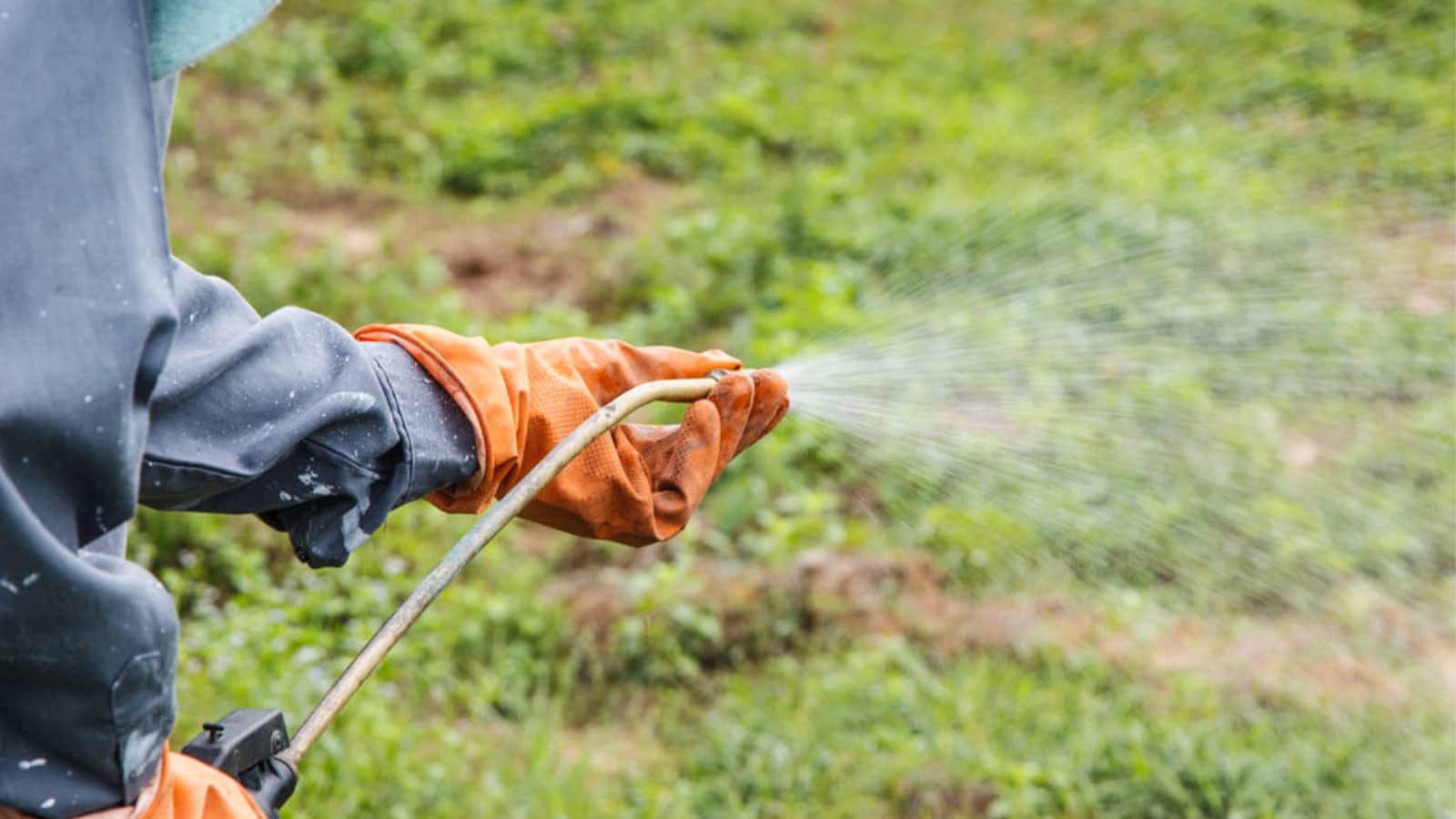


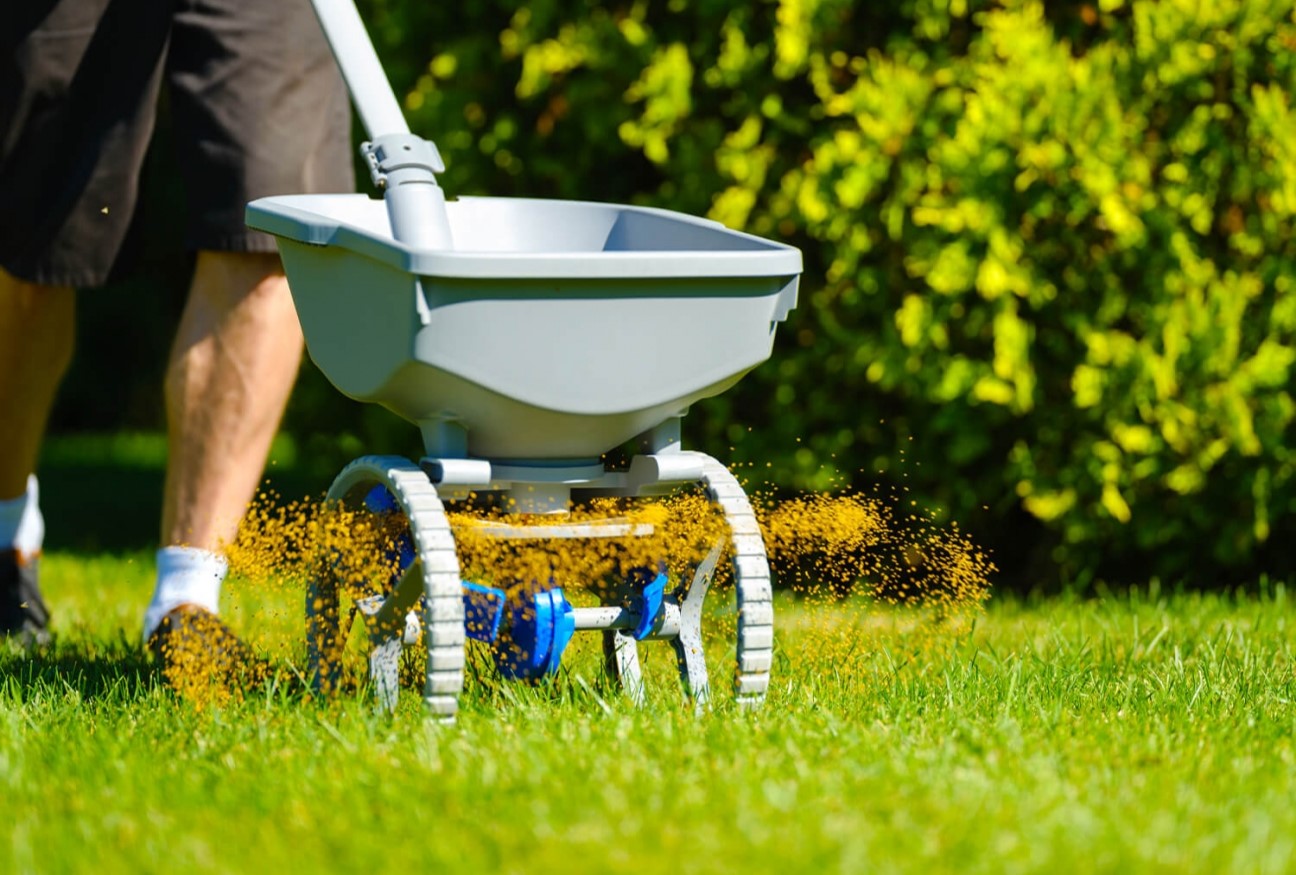
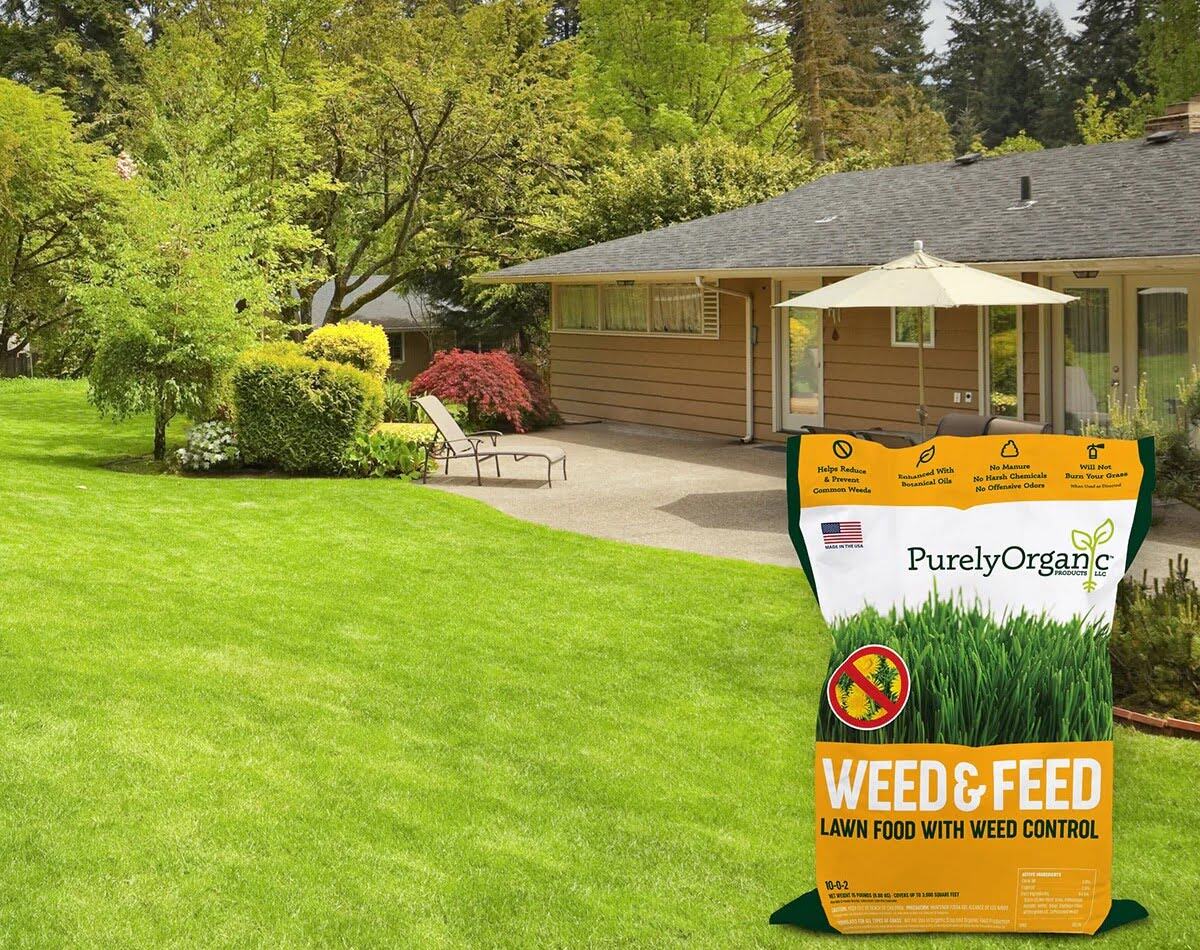
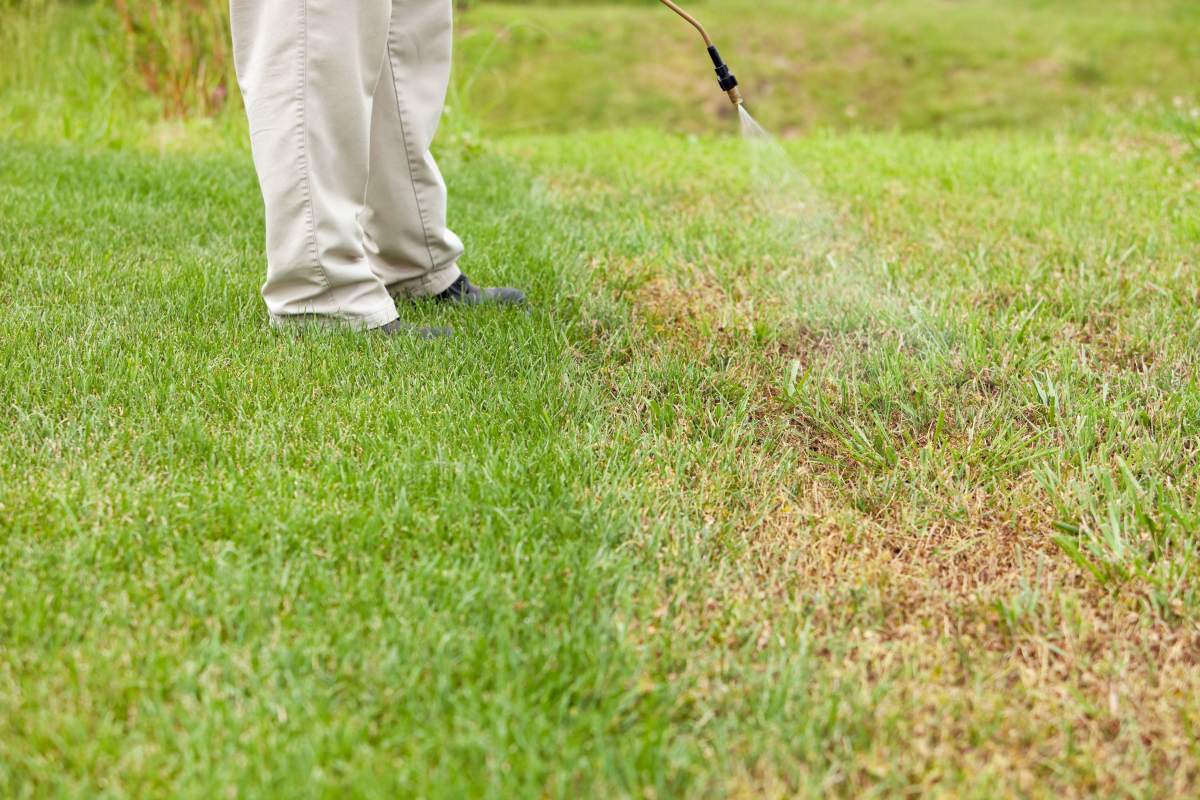


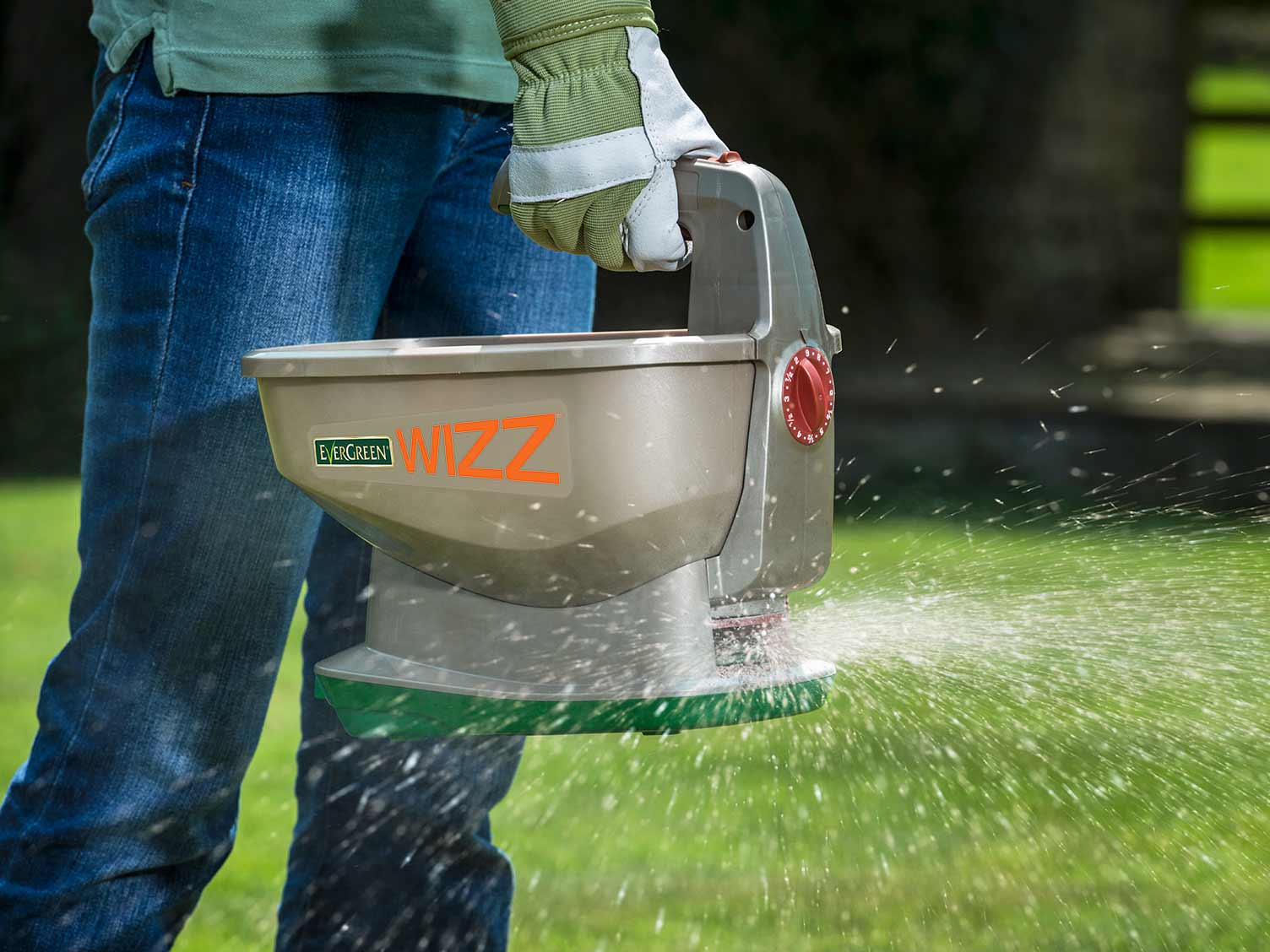

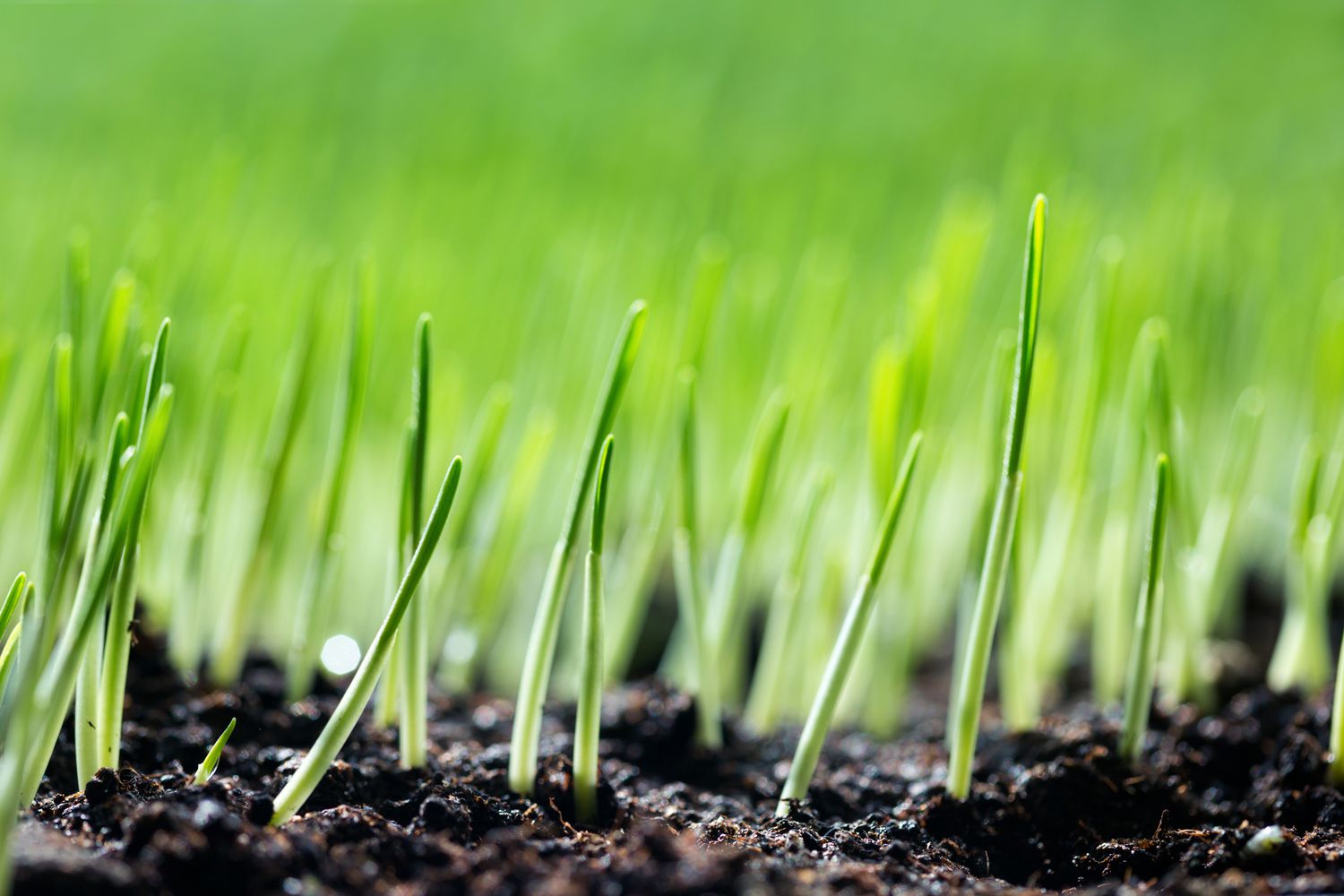
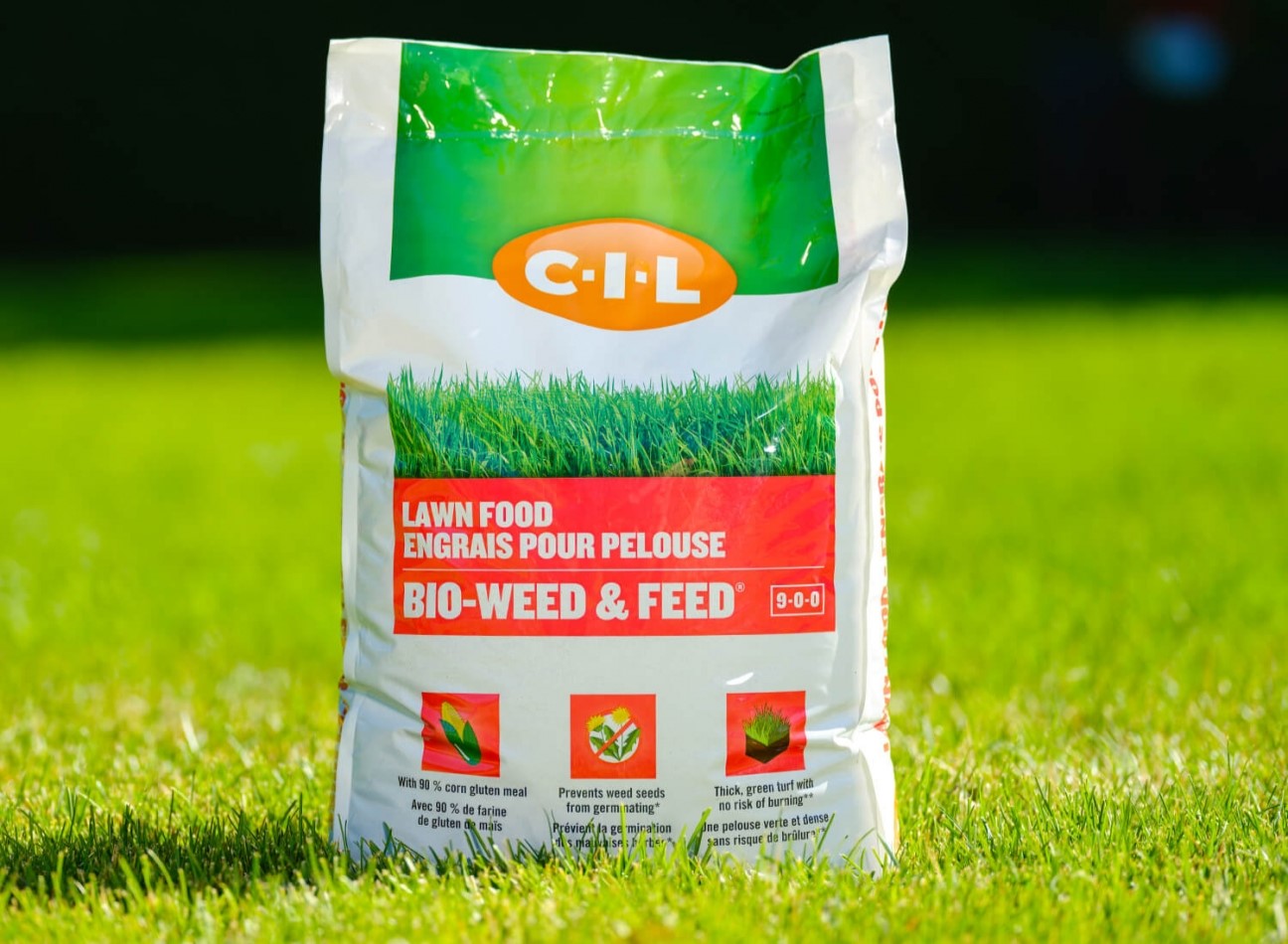

0 thoughts on “When To Use Weed And Feed On New Grass”